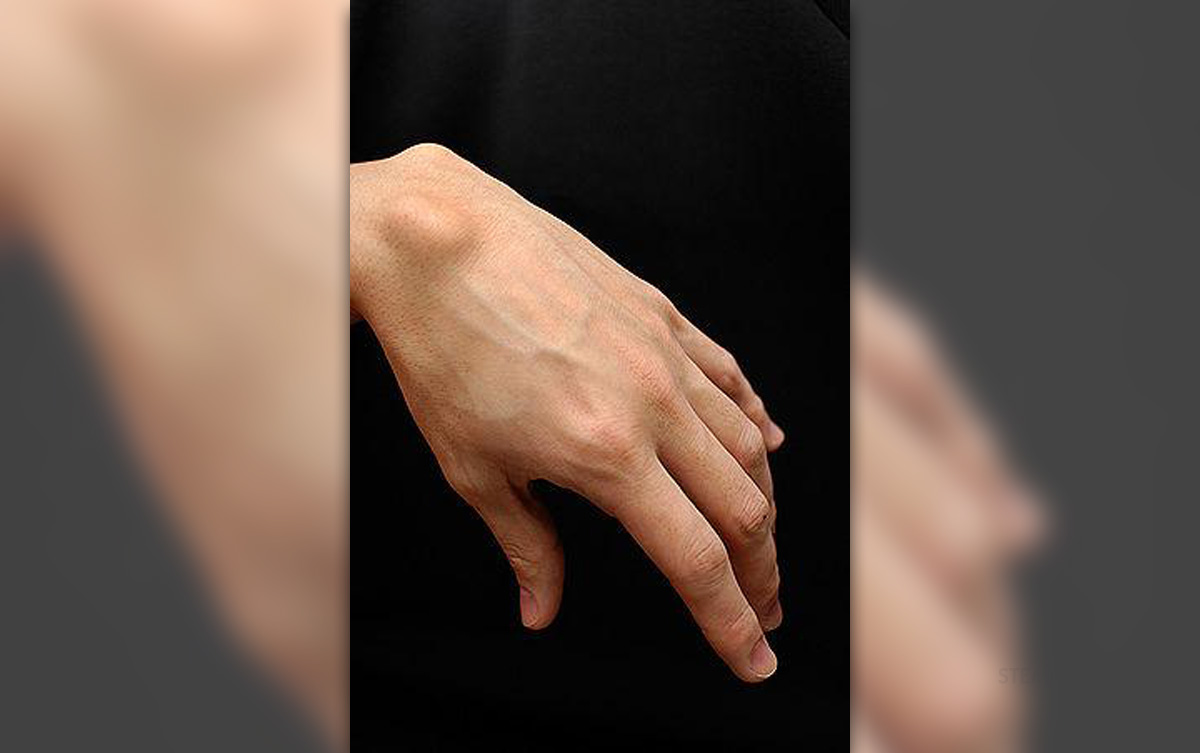
Ganglion cyst is one of the more common forms of hand tumor. It is estimated that as much as 95 percent of all hand tumors are benign, and among those ganglion cysts account for 60 percent of the cases. Ganglion cysts generally appear around joints of tendons of hands, but they can be seen on feet as well.
These cysts are popularly known as Bible bumps because in the past it was believed they could be cured by hitting them with a large, heavy book, such as the Bible.
What is a ganglion cyst?
There are several theories as to why ganglion cysts occur. Some suggest these cysts represent an outpouching of the synovium, others that they arise from irritation to the joint structure, causing formation of new tissue. Most experts, however, agree that the cysts are caused by degeneration of the connective tissue.
Ganglion cysts are soft tissue tumors and they usually appear on hands, especially on the wrist. They look like round, soft balls underneath the skin. The skin covering them does not show any changes and the cysts can be compressed and moved.
These cysts cause localized symptoms such as pain, general or upon touching or hitting the cyst, and somewhat decreased mobility of the joint. Ganglion cysts are reported to doctors if they hurt or if they are particularly large.
Anyone can have a ganglion cysts but the statistics show that they are three times more common in women than in man and more often seen in young adults than in elderly. Similar cysts, called mucous cysts, which form on the distal interphalangeal, are commonly associated with osteoarthritis and are therefore more common in elderly.
Treatment of ganglion cysts
The method of treatment for ganglion cyst which consisted of striking the lump with a large, heavy object so the cyst can rupture and leak is not outdated and abandoned, mostly because such action could inflict additional injury to the hand structure. In addition, this method was never proven to be really effective.
Today, ganglion cysts can be treated surgically. Surgical excision is indicated in cases where the cyst causes pain, nerve palsies and limitation of movement. Less invasive procedures are recommended for cysts that represent only an esthetic problem, given their location on the visible part of the body. Arthroscopy is today a treatment option available for cases where invasive open excision is not necessary.
Ganglion cysts often go away spontaneously, without any particular treatment. They may reoccur, but that can happen even in case of surgical or non-surgical removal.




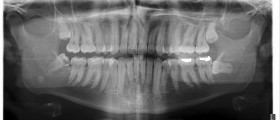


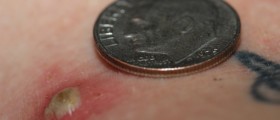



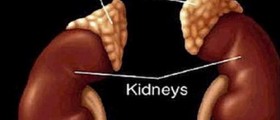
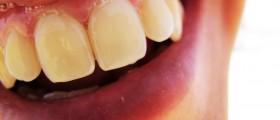
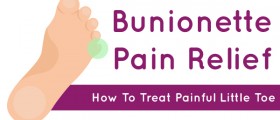
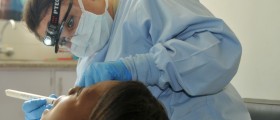
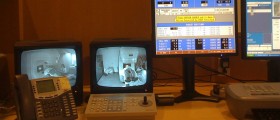
Your thoughts on this
Loading...